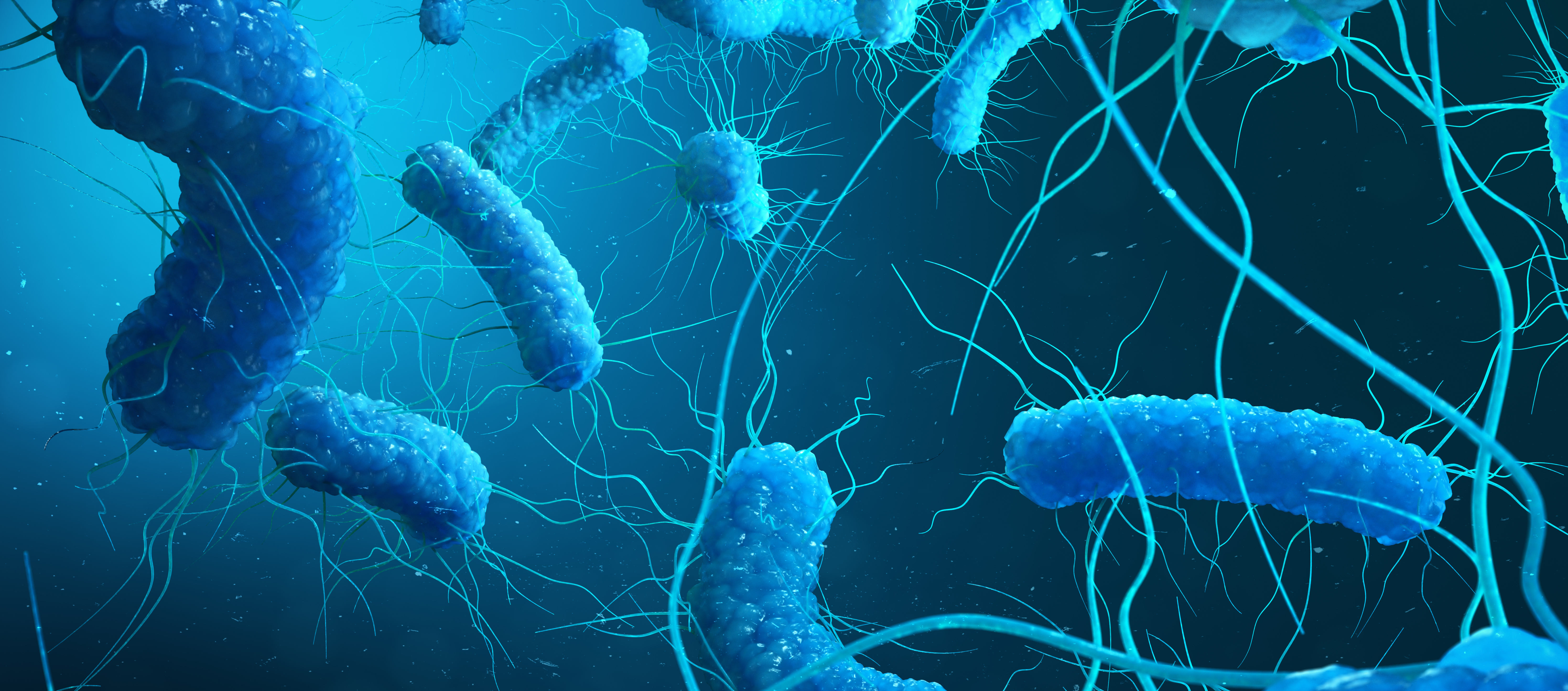Given that water treatment is so critical to cooling tower operation and management, in the majority of cases, a chemical and services contract really can offer best long-term value. When you consider contracts often represent less than 10% of the total cost of operation, yet have the potential to achieve significant operational savings, it can be reassuring to have support in place. Here’s an insight into just how remedial action and the correct water treatment - can make savings.
Saving water
.jpg?width=1230&height=518&name=Blog%20Headers%20(1).jpg)
Water is used in cooling towers as a heat transfer medium to take heat from the hot areas of plants to the tower. Here, the water evaporates and takes the heat with it. This loss of water from the tower cannot be reduced as this is the way the heat is removed. This loss of pure water through evaporation results in a concentration of the minerals in the water remaining in the tower. If this is left unchecked, then the conditions in the water will become more concentrated.
As the water concentrates or cycles up, the minerals within it reach a point where they can no longer remain in solution. They will then crystallise, usually at the hottest or lowest flow areas, which are typically the heat exchangers. In order to prevent over-cycling from taking place, concentrated water is let out of the system (known as blowdown or bleed) and this is refilled with fresh and unconcentrated water.
The system is then treated with scale inhibitors that help to prevent the scale from crystallising out and reduce this bleed. Through the calculation of the water chemistry, temperature and flow, it is possible to optimise the treatment regime to maximise the concentration (cycles) and minimise the water usage. A small increase in the cycles can lead to a big saving in water, supply costs and effluent charges. This reduced water use can also have the added benefit of reduced chemical usage.
In addition, some sites often find themselves in the hotter months adding additional make-up water to the cooling system to reduce the temperature. This is because the system is not able to achieve enough cooling - even running at full capacity. This can often be due to issues with heat transfer because of deposits on the heat exchanger from either scale or fouling or perhaps a biofilm coating the heat transfer system. Both scenarios can have a hugely detrimental impact on system efficiency.
Reducing electricity
.jpg?width=1230&height=518&name=Blog%20Headers%20(2).jpg)
Cooling tower operation needs a lot of power, and pump and fan operation tend to be the largest contributor to costs. This is because any deposits or biofilm in the pipework will reduce the flow and lead to pumps having to work harder. Poor heat transfer in the heat exchangers will also lead to cooler water being required to get the same level of cooling. Sites then have to switch on more fans or have variable speed fans on the maximum setting.
Both issues can be resolved or improved by remedial action and a correction of the water treatment regime. For example, a deep clean of the system to return it to a normal baseline level could be the first practical step. This might be a chemical clean of the whole system or a descaling of the heat exchangers. With newly cleaned systems it is important to ensure they are repassivated and treated correctly from then on.
Finally, switching to variable-speed cooling tower fans is one area where huge savings can be made and the ability to change the rate to cool the water to the minimum amount required means that power is not used when it isn’t needed.
The knock-on effect

Effective water treatment can really have a positive impact when it comes to cleaning costs too. Although cooling tower cleaning is important for legionella compliance the frequency of the cleaning can in many instances be minimised.
For example, there are options to consider with regards to pre-treatment or sidestream filtration that also offer the opportunity to purify the water before it gets into the system, or to remove contaminants that are already in the system. This can extend the time between cleans.
The source of makeup water will also have an impact on this as a change from river water to towns water may be more costly per cubic metre but can lead to an overall saving through reduced cleaning frequency.
Maintenance and repair
.jpg?width=1230&height=518&name=Blog%20Headers%20(3).jpg)
The approach to cooling water treatment is often described as a triangle and along with scale and microbiology - the third factor is corrosion. All three factors can impact the others, so it is important to address all three simultaneously. It’s a delicate balance that requires constant attention. For example, bacterial growth will lead to microbiologically induced corrosion and scaling will lead to under-deposit corrosion.
Corrosion in water systems leads to plant failure and significant maintenance and replacement costs. However, through effective and appropriate use of chemical treatment including corrosion inhibitors, metal surfaces can be protected. Monitoring your corrosion rates is advisable through coupons or online corrosion probes to ensure your system remains protected.
A little help can make a big difference
Here at VWT UK, we understand that every site is different, and we really take the time to discuss the goals when it comes to operational savings and the challenges for the daily water treatment and processes.
If you would like to understand alternatives to your existing cooling tower treatment program, to look at the chemical and service options available and to learn how we can help you to save money, then arrange a free consultation with one of our experts here.